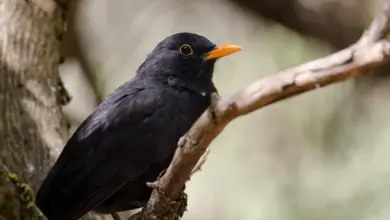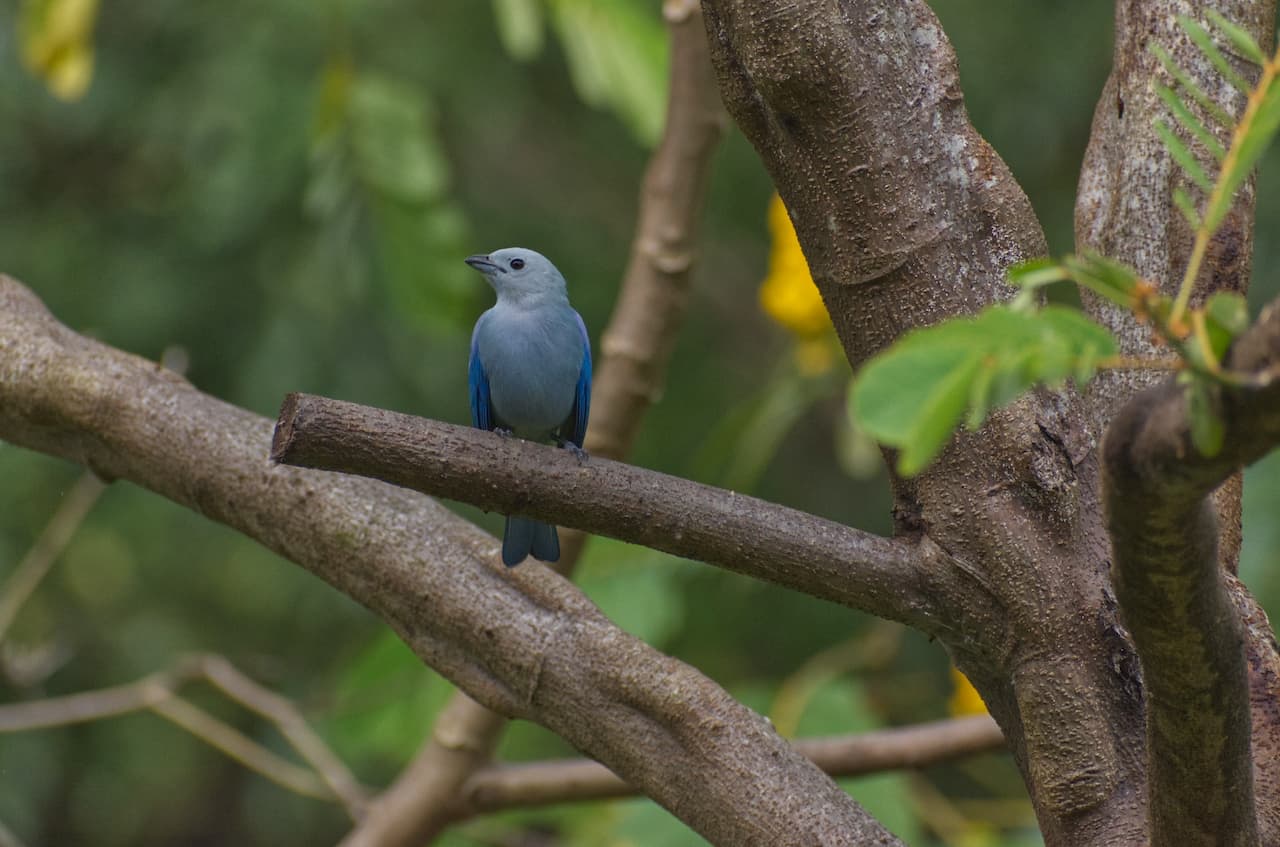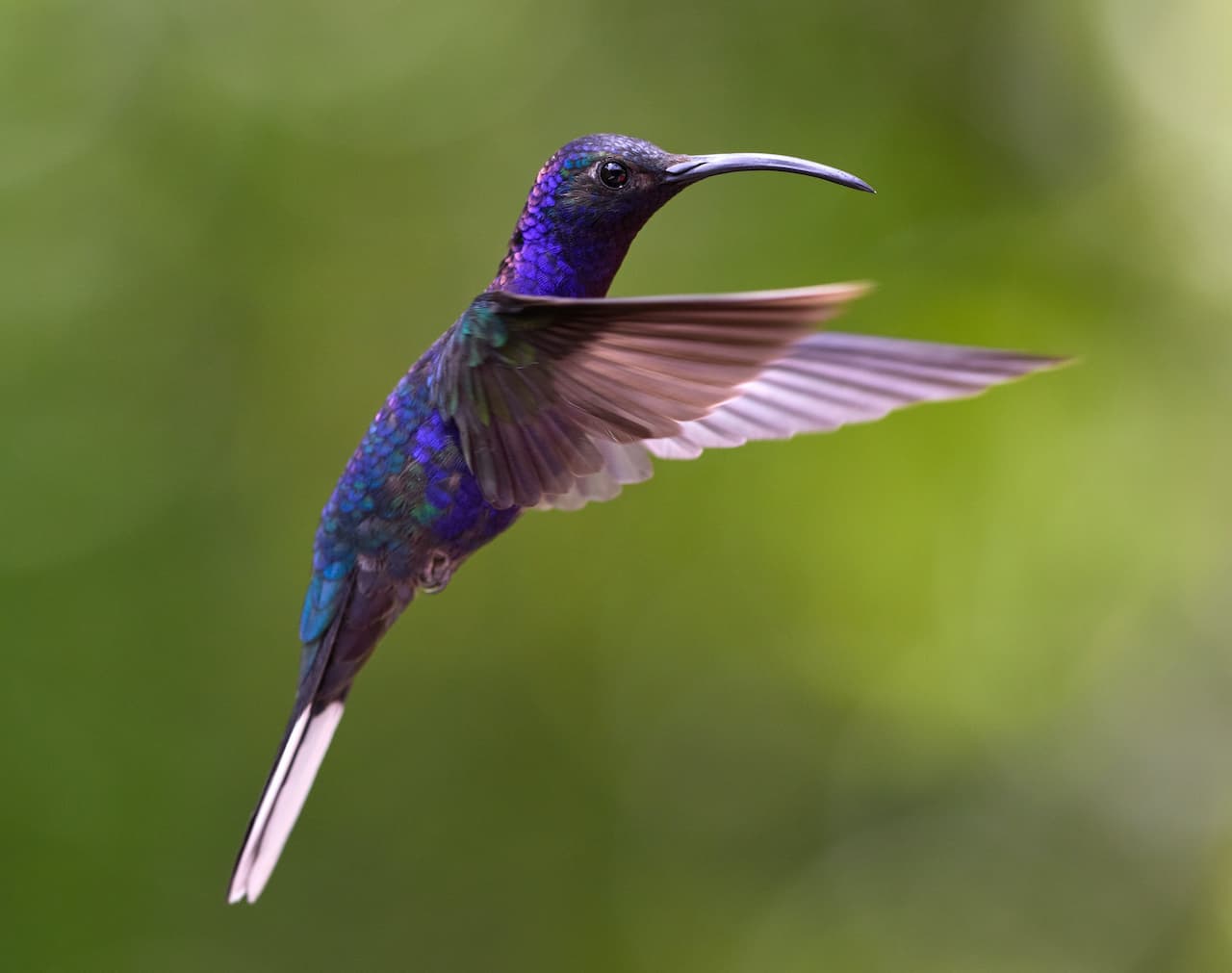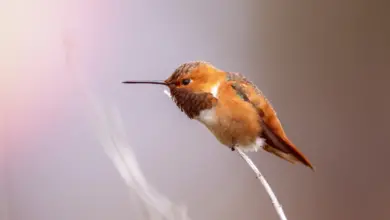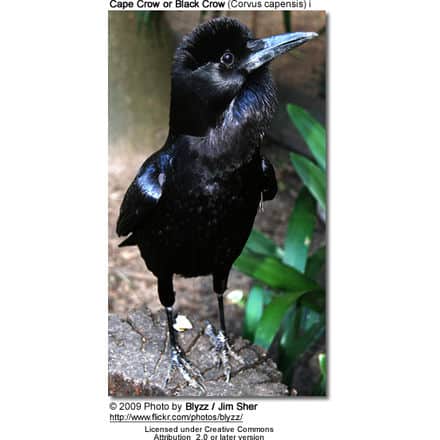Cave Swallows
Swallows
The Cave Swallows (Petrochelidon fulva) – also known as Cinnamon-throated Swallow, Cuban Cliff Swallow or West Indian Cave Swallow – is related to the familiar Cliff Swallow of North America.
Alternate (Global) Names
Chinese: ??? … Dutch: Holenzwaluw, Holezwaluw … Czech: Vlaštovka jeskynní … Danish: Grottesvale … German: Höhlenschwalbe … Estonian: koopapääsuke … Finnish: Luolapääsky … French: Hirondelle à front brun, Hirondelle fauve … Haitian Creole French: Irondèl Falèz … Italian: Rondine delle grotte, Rondine fulva … Japanese: sesujitsubame … Norwegian: Grottesvale … Polish: jaskólka jaskiniowa, jaskó?ka jaskiniowa … Russian: ???????? ?????? ???????? … Slovak: lastovicka karibská … Spanish: Golondrina Cavernícola, Golondrina de Cuevas, Golondrina de las Cuevas, Golondrina Pueblera … Swedish: Grottsvala, Västindisk grottsvala
Distribution / Range
The Cave Swallow has a wide range, it occurs naturally in the following countries:
Aruba; Belize; Canada; Cayman Islands; Cuba; Dominican Republic; Ecuador; El Salvador; Haiti; Jamaica; Mexico; Netherlands Antilles; Panama; Peru; Puerto Rico; United States; Virgin Islands, U.S.
It is a vagrant to:
Martinique; Saint Lucia; Saint Vincent and the Grenadine
Recognized Subspecies, Ranges and IDs
- Petrochelidon fulva fulva (Vieillot, 1808) – Nominate Race
- Range: Hispaniola.
- Petrochelidon fulva cavicola (Barbour and A. C. Brooks, 1917)
- Range: Florida, Southeastern USA and Cuba (including Isle of Pines).Resembles the nominate race fulva.
- Petrochelidon fulva pallida or pelodoma (Nelson, 1902)
- Range: Southern New Mexico and Texas south to north central Mexico south to southern Chihuahua, east Durango, Zacatecas, San Luis Potosí and west Tamaulipas. Some migrate to Central America.
- ID: The largest subspecies with an average wing length of 107.0 – 112.3 mm;
- Petrochelidon fulva citata (Van Tyne, 1938)
- Southern most range of the North American subspecies. Occurs in Southern Mexico (central Chiapas, northern Yucatán Peninsula).
- Petrochelidon fulva poeciloma (Gosse, 1847)
- Range: Jamaica.
- Petrochelidon fulva puertoricensis (Garrido, 1999)
- Range: Puerto Rico.
- Ecuadorian Swallow French: Hirondelle d’Équateur – Petrochelidon aequatorialis /Petrochelidon fulva aequatorialis (Chapman, 1924) full species, sometimes considered a subspecies
- Range: Ecuador
- ID: Smallest (disputed) subspecies – with an average wing length of 93 -93.5 mm.
Description:
The Cave Swallow is a medium-sized swallow that measures from 12 to 14 cm in length (including its squarish tail; and its average weight is 19 g. It has grey-blue upper plumage and brown-tangerine forefront and throat.
Males and females look alike.
Breeding / Nesting
The North American Cave Swallows typically nests and roosts in natural caves and sinkholes. They may also use man-made structures, such as highway culverts or nest under bridges.
The South American subspecies nest in open areas, such as on cliff faces and the sides of buildings.
They build nest shaped like a cup made of mud and bat feces, with the top left open for them to fly in and out.
The average clutch consists of 3 – 5 eggs, which are oval in shape and light to dark brown or lilac or pale purple in coloration, with light to dark brown spotting. The parents share the incubation, which lasts about 20 – 22 days. The chicks are raised by both parents, who will feed and protect them.
Diet / Feeding
Cave Swallows feed on insects – typically foraging over open areas and water nearby their roosting sites.
Calls / Vocalizations
They have different vocalizations, including high-pitched “che” or “chu” notes, chattering, a series of squeaks and double-toned notes. Their calls typically end in with a sharp eep note.
They are usually noisier at their nesting site and quieter away from their nest.
Species Research by Sibylle Johnson
Please Note: The articles or images on this page are the sole property of the authors or photographers. Please contact them directly with respect to any copyright or licensing questions. Thank you.


